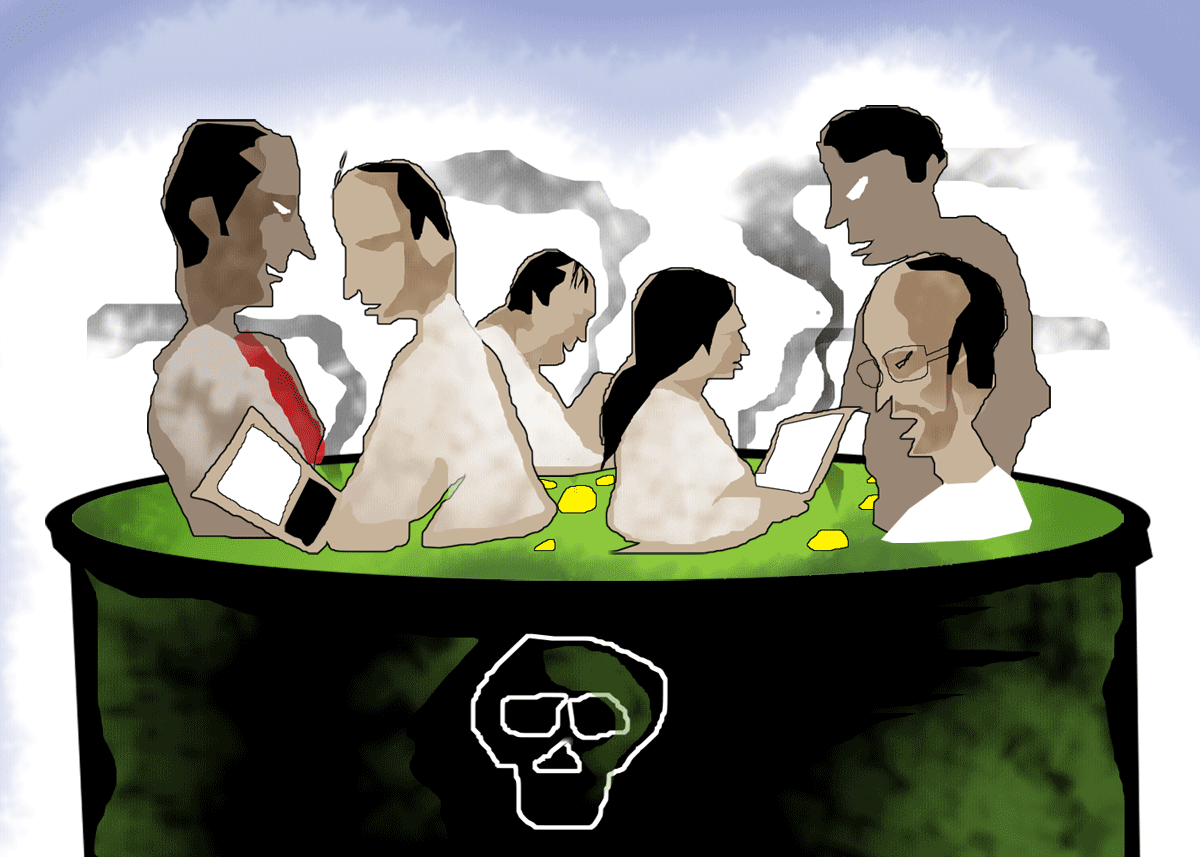India needs more skilled jobs to accommodate the entry of more educated women into the workforce, alongside men.
Summary
A shortage of quality jobs in India could stir DEI resentment, as seen in the West, but pre-emptive efforts could minimize a backlash. Here’s how to strengthen diversity initiatives and maximize their benefits.
Employment among working-age women in urban India has increased by around 10 percentage points over the past six years. Now approaching the 30% mark, it still remains relatively low compared to our peer countries and has considerable scope for improvement.
As educated urban women increasingly take up formal high-skilled jobs, does India risk fuelling the same diversity backlash in the future that the United States and other Western nations have seen? Will corporate policies designed to prevent discrimination and create inclusive environments for marginalized groups end up being discriminatory, either in perception or in reality? If yes, what can be done to avoid it?
It is widely known that quality job creation in India has lagged behind the supply of young educated job-seekers. In 2023-24, based on India’s periodic labour survey data, 23% of young men (20-29 years) with graduate-level education were unemployed in urban India. The rate was even higher for their female counterparts, at nearly 32%.
It is often said that a significant proportion of our educated youth are not employable due to a lack of relevant skills. This is an outcome of our flawed education system that fails to prepare young people for jobs. From the perspective of youth, they naturally aspire to better quality jobs as they obtain higher educational qualifications from government-accredited institutions. Remember, education has been presented to them as a means to a better life.
There is a strong norm of a male breadwinner in India. While educated unemployment among young men is higher, almost all men (97%) in the prime family-supporting age group of 30-to-54 are in paid work. Essentially, men wait to take up a job, but given the cultural context, they must take on some form of employment once marriage becomes inevitable.
India needs more skilled jobs to accommodate the entry of more educated women into the workforce, alongside men. However, artificial intelligence applications in different sectors are disrupting job markets worldwide. For example, jobs that were considered high-skill, such as software coding, are likely to disappear in large numbers. The jobs that will remain relatively safe for now are those involving relatively low-skill services where human interaction is valued, such as care work, personal services, housekeeping and restaurant employment. These jobs, however, do not require high levels of formal education.
The challenge of creating quality jobs is intensifying across India. At the same time, an increasing number of young women are entering the job market. This is occurring against the backdrop of gender parity in education in urban areas. In the 20-24 age group, about 30% of both men and women now report being in education. Marriage patterns have also shifted accordingly. Less than 40% of women aged 20-24 were married in urban areas in 2022-23, compared to over 60% in 1999-00.
As urban female employment increases, shifting employment patterns may trigger complex social reactions in response to job scarcity in a society where male employment has traditionally been a key aspect of masculinity. In some families, the traditional male breadwinner norm will face pressure, while in other cases, double-income families will arise. In some other families, finding a job for even one spouse may get difficult.
In such situations, corporate policies that appear to favour one group could evoke resentment from others who perceive themselves as disadvantaged. The fundamental shortage of quality employment opportunities means that gains for one group may be perceived as losses for another. This will be especially the case if hiring or promoting members of one group is perceived to take place on the basis of a quota rather than merit.
The West’s decades-long experience with diversity programmes offers instructive lessons. In the US and Europe, diversity initiatives gained prominence in the 1980s and 90s, but they often led to backlash. How can such adverse reactions be avoided in India?
The framing and implementation of diversity policies can significantly impact their popular reception. Programmes that seem to undermine merit-based selection, especially in promotions, may not only generate resistance, but also be detrimental to women’s self-esteem. The more effective approach is to establish clear and consistent merit-based criteria for hiring and promotion decisions, ensuring that diversity goals do not supersede them.
Second, engage all employees, including men, as stakeholders in diversity efforts. Voluntary participation produces more sustainable results than mandatory compliance.
Third, explain and provide evidence that diversity initiatives are beneficial for overall organizational performance, and they do not amount to a zero-sum contest between demographic groups. By learning from Western experiences—both successes and missteps—Indian organizations can implement diversity initiatives in ways that minimize any backlash and maximize benefits.
Addressing the country’s underlying job shortage by expanding quality employment opportunities at scale will provide the most effective way for diversity initiatives to succeed and for a sustainable rise in women’s employment across urban India. This is our most elusive economic goal.
Source:






















